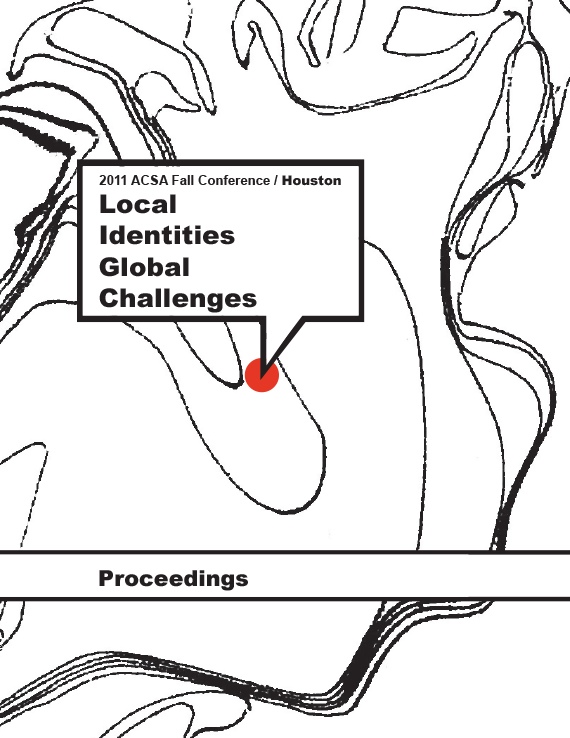Author(s): Xiao Hu
Universities and colleges in the United States arethe destinations of the most international students’choices for their higher education. During 2009-2010, there are 690,923 international studentsstudying in the US (Institute of International Education,2011A). As a consequence of globalization,the number of international students studying in theUS has nearly doubled in the period from 1990 to2010. Typically, graduate programs in the US highereducation rely more on international students. However,recent undergraduate enrollment in the UScolleges and universities grow stronger — in 2009,the number of international undergraduate studentsincreased 16% comparing with 2% of graduate studentincrease (Fischer, 2009). The growth of internationalundergraduate students is largely dependenton enrollment of students from China, where morethan 18% of entire international students comefrom. With the rise of Asian economy, students fromAsian countries comprise the majority (about 62%)of international student population and studentsfrom China, India and South Korea comprise nearlyhalf (44%) of all international student enrollments(Institute of International Education, 2011B).Traditionally, most international students study inbusiness (21%), engineering (19%), physics andmath (18%). Only around 5% of international studentsstudy in fine and applied arts, including architectureand landscape architecture (Institute ofInternational Education, 2011C). Among all 27,852students enrolled in NAAB-accredited programs,there are 2,992 students (7%) defined by NAAB as“non-resident alien” (NAAB, 2010). During 2009-2010 academic year, there are 681 international students,8% of all 8,653 newly enrolled architecturalstudents (NAAB, 2010). Recently, many schoolssee significant increase of Asian students studyingarchitecture. This trend may reflect the soaringdemands of trained professional designers andthe booming architectural job market in Asia. Thebenefits of the integration of international studentsinto American architectural education are highly esteemedby universities, professional organizations,and individual faculty and students. Increasingnumbers of international students improve the culturaldiversity of American architectural education.
Volume Editors
Ikhlas Sabouni & Jorge Vanegas

 Study Architecture
Study Architecture  ProPEL
ProPEL 
